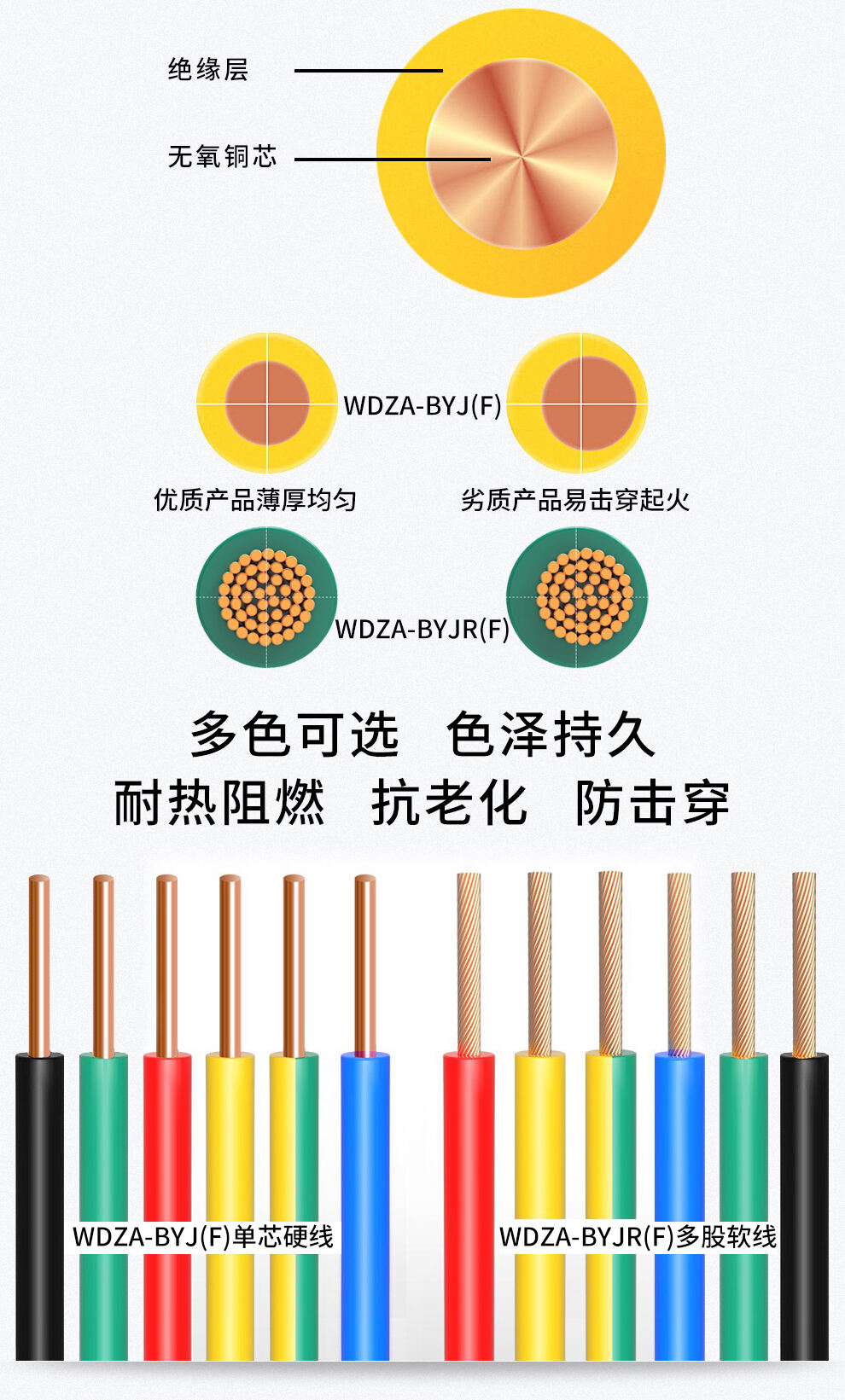When exploring the distinction between electrical wires and electrical cables, several key aspects come into play. Electrical wires typically consist of one or more conductors, often made of copper or aluminum, primarily designed to transmit electrical current. They may or may not have insulation, and in some cases, a simple protective covering is sufficient for basic applications. Wires are commonly used for internal connections within electrical devices or for short-distance wiring where flexibility is crucial, such as connecting components on a circuit board. In contrast, electrical cables are more complex assemblies that usually contain multiple insulated wires bundled together, enclosed in a protective sheath. This sheath can be made of materials like PVC, rubber, or metal armor, providing enhanced protection against physical damage, moisture, and electromagnetic interference. Cables are ideal for longer-distance power transmission, both indoors and outdoors, and are essential for distributing electricity in buildings, power grids, and industrial settings. Their robust construction allows them to withstand harsher environmental conditions and heavier electrical loads compared to individual wires, making the choice between electrical wires and electrical cables highly dependent on the specific requirements of the electrical installation.


